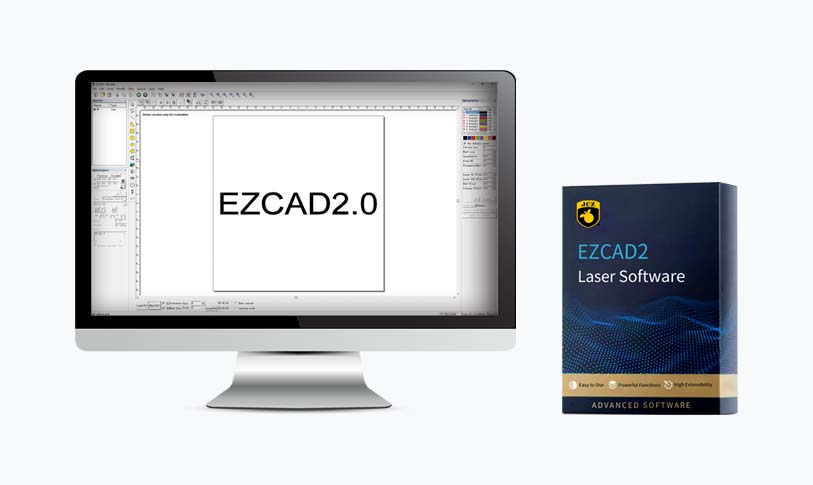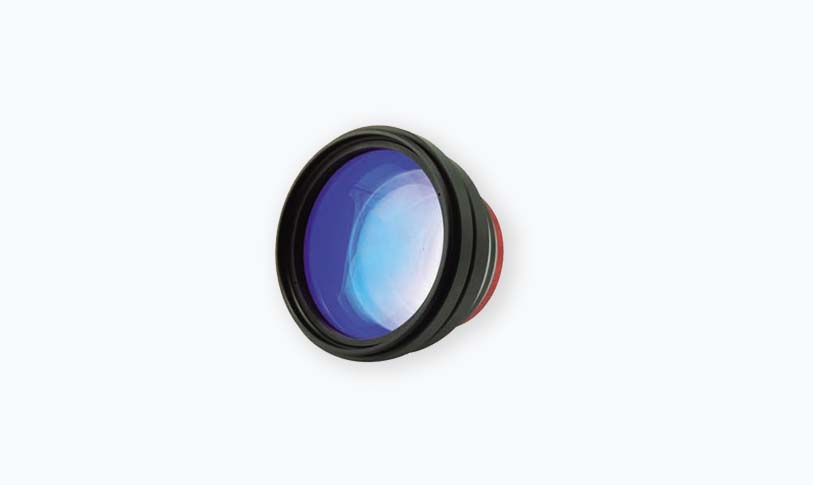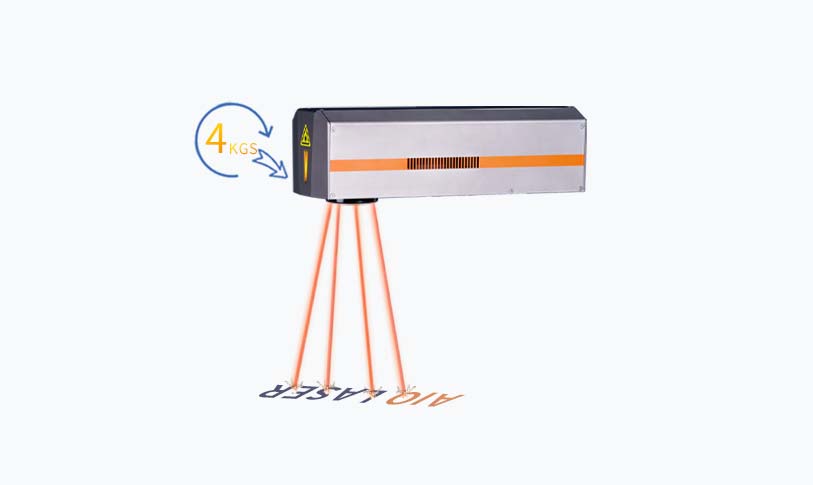****
Violet lasers represent a significant advancement in laser technology, yielding a range of applications across various fields such as medicine, communication, and materials processing. Their unique wavelength, usually ranging from 380 to 450 nanometers, situates violet lasers in the visible light spectrum, making them invaluable tools for a multitude of innovative applications. This article delves into the fascinating world of violet lasers, highlighting their characteristics, advantages, and the burgeoning industries that are increasingly utilizing this cutting-edge technology.
One of the most notable features of violet lasers is their ability to produce high energy output within a compact size. This is largely due to the unique energy properties of the violet spectrum, which allow for a tighter beam with increased focus. The result is a laser that can achieve results that may not be possible with other wavelengths, such as higher precision in cutting and engraving materials. These characteristics make violet lasers a popular choice in industrial applications, particularly in the fields of manufacturing and materials science.
In the manufacturing sector, violet lasers are employed in the precision engraving of a variety of materials, including hard plastics, metals, and glass. Their highly focused beam allows for intricate designs and patterns to be created with exceptional accuracy. This technology is not only transforming traditional manufacturing processes but is also paving the way for the emergence of new industries that rely on customized, precision-engineered products. For example, industries making bespoke electronics with intricate circuitry have greatly benefited from the advancement of violet lasers, allowing for smaller and more powerful devices.
Furthermore, violet lasers find profound applications in the medical field. The wavelengths emitted by violet lasers are especially effective in dermatological treatments. They are utilized for procedures such as tattoo removal, skin resurfacing, and treating vascular lesions. The targeted approach of violet lasers helps minimize damage to surrounding tissues, leading to faster healing times and reduced patient discomfort. Dermatologists are increasingly adopting violet laser technology, noting its effectiveness and the versatility it offers in treating various skin conditions.
Translating this technology into therapeutic procedures also has implications for research in photodynamic therapy (PDT), where violet lasers are employed to activate photosensitizing agents in the treatment of certain cancers. The precision of violet lasers allows for targeted treatment, limiting damage to healthy tissues while maximizing the effect on cancer cells. Ongoing research continues to explore and expand upon these applications, highlighting the revolutionary potential of violet lasers in the field of oncology.

Exploring the Fascinating Applications and Advancements of Violet Lasers in Modern Technology and Medicine

Exploring the Fascinating Applications and Advancements of Violet Lasers in Modern Technology and Medicine

Exploring the Fascinating Applications and Advancements of Violet Lasers in Modern Technology and Medicine
In addition to medical and industrial applications, violet lasers play a critical role in the realm of data storage and retrieval. The optical media industry employs violet lasers in Blu-ray technology, which allows for the storage of high-definition video and data. By utilizing shorter wavelengths than traditional red lasers, violet lasers enable producers to pack more data into the same physical space, revolutionizing the way we store information. This capability has broad implications for the entertainment and gaming industries, where demand for higher resolution content continues to grow.
As with any advancing technology, the development of violet lasers comes with its set of challenges. The need for specialized components to manage their high-energy output and the potential for eye damage if proper safety measures are not adhered to must be carefully considered. Safety regulations in the use of lasers, particularly in the medical and manufacturing sectors, are paramount. It is essential that users are trained and that appropriate protective equipment is employed during any activity involving violet lasers.
Moreover, research into improving the efficiency, cost-effectiveness, and safety of violet laser technologies is ongoing. Innovations in semiconductor and optical materials related to violet laser technology promise to enhance their applications further, opening doors to new possibilities in engineering and laboratory research.
In conclusion, violet lasers are a powerful asset to a wide range of fields, demonstrating their capabilities from precision manufacturing to advanced medical treatments and data storage. Their unique properties present exciting prospects for the future, as ongoing research and technology improvements continue to unlock new applications. As industries adapt to and integrate violet laser technology, the potential for innovation and advancement remains vast, promising a new era of ingenuity and efficiency.best software for laser cutting



